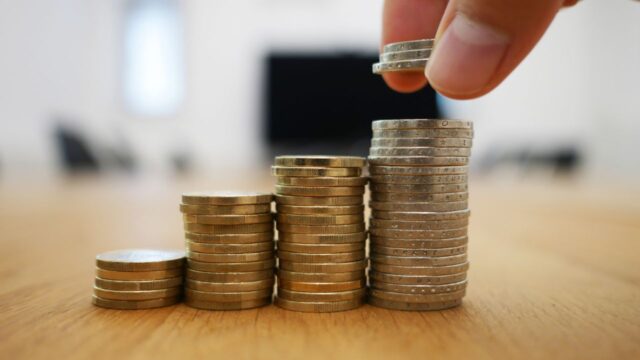
What is covered interest rate parity
Covered interest rate parity is an important concept in international finance. It states that the forward exchange rate between two currencies will equal the spot exchange rate plus the interest rate differential. In other words, the forward exchange rate is equal to the expected future spot exchange rate.
This relationship is important because it helps investors to hedge against potential changes in currency values. For example, if an investor expects the value of the dollar to increase, they can enter into a forward contract to sell dollars and buy foreign currency. If the value of the dollar does indeed increase, they will be able to sell their foreign currency at a higher price than they paid for it. This hedging technique can be used to protect against both appreciation and depreciation of currencies.
Why does it exist
Covered interest rate parity exists when the interest rate differential between two countries is equal to the forward premium or discount on a currencies forward contract. Covered interest rate parity is important because it ensures that investors are properly compensated for the risk they are taking when they invest in foreign assets. Covered interest rate parity also helps to ensure that there is no arbitrage opportunity between two currencies. Covered interest rate parity is a key concept for investors to understand because it can help them to make more informed investment decisions.
How can investors take advantage of it
By understanding Covered Interest Rate Parity, investors can take advantage of opportunities that may arise from changes in the underlying interest rate differential. For example, if the interest rate differential between two currencies increases, the forward points on the corresponding currency pair will also increase. By understanding this relationship, investors can take advantage of these situations by selling the currency with the higher interest rate and buying the currency with the lower interest rate. In doing so, they can potentially generate a profit from the change in interest rates.
Conversely, if the interest rate differential between two currencies decreases, investors can take advantage of this situation by buying the currency with the higher interest rate and selling the currency with the lower interest rate. By understanding Covered Interest Rate Parity, investors can make informed decisions about when to buy and sell different currencies. In doing so, they can potentially improve their investment returns.
What are the risks involved
There are a few risks to be aware of when using this strategy. First, Covered interest rate parity only applies to investments with a fixed interest rate. This means that if the interest rate on the currency you are holding increases, you will not be able to take advantage of the higher return. Second, Covered interest rate parity assumes that the markets are efficient. This means that if there is a sudden change in market conditions, the Covered interest rate parity may no longer hold true.
Finally, Covered interest rate parity only applies to forward contracts. This means that if you need to sell your currency before the contract expires, you may not be able to get the full benefit of Covered interest rate parity. Despite these risks, Covered interest rate parity can still be a helpful way to reduce risk in the foreign exchange market.
The future of covered interest rate parity
Covered interest rate parity is a key concept in finance that states that the forward exchange rate between two currencies is equal to the spot exchange rate adjusted for the interest rate differential between the two countries. Covered interest rate parity is a important tool for hedging risk in international investments. However, there is some uncertainty about the future of covered interest rate parity. The financial crisis of 2008 led to large deviations from covered interest rate parity, and there is concern that this may happen again in the future. Nevertheless, covered interest rate parity still plays an important role in the global economy, and it is likely that it will continue to do so in the future.


































